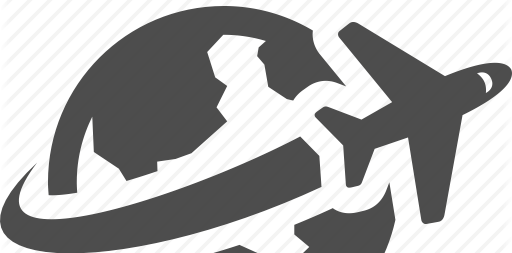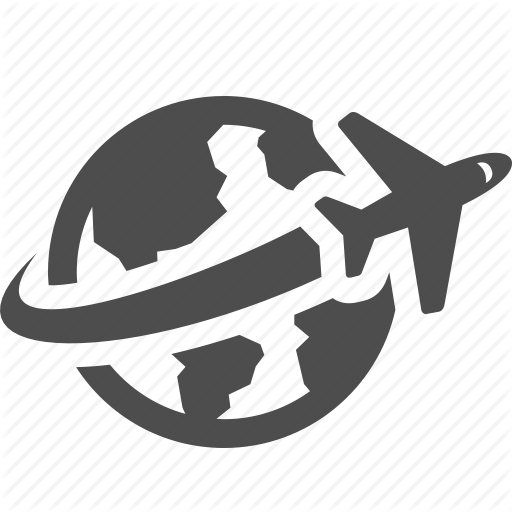How to become a pilot?
Demand for new pilots has never been greater. With commercial aviation likely to double in size in subsequent 20 years, a thrilling prospect exists for young men and women aspiring to a career above the clouds as airline pilots.
Here details are provided about how to become a pilot. To encapsulate in a paragraph, one can get admission in a Flight Training School, finish Commercial Pilot training, tackle Flight as well as Theoretical training and get the CPL (Commercial Pilot Licence).
Educational Requirements to become a Pilot
- Generally 5 GCSE’s (General Certificate of Secondary Education) from A to C is required with English and Maths. Minimum two A-levels are needed in Maths and Physics.
- A UAE MOE curriculum is needed with overall 80 %.
- It is not mandatory to have a degree certified by any university but obtaining a degree in either Aeronautical engineering or Aviation management is a positive point.
- Taking up CAA Class One Medical Test by a special doctor called an Aeromedical Examiner (AME) is strongly recommended. In case one fails to pass this Medical test, it is hard to obtain the ATPL (Airline Transport Pilot License).
Licenses and Training to become a pilot
In order to qualify as a commercial airline pilot then it is a requirement for a candidate to hold an ATPL. Initially, it is known as a ‘Frozen ATPL’. Students of flight school need to graduate with both a CPL (Commercial Pilot Licence) and an IR (Instrumental Rating). These two unitedly build up a Frozen ATPL. In order to ‘unfreeze’ the ATPL, a candidate needs to accumulate 1500 hours of flight time. In that case, he/she is issued with a full ATPL. Once this is achieved, a person passes the eligibility criteria to captain commercial planes himself/herself.
There are two main ways to achieve an ATPL. These are:
- Module based Training
The course involves a simultaneous practical and theoretical based training, of which the theoretical portion can either be completed within the classroom setting or as long-distance learning course. The con of this course is one can avail it only if one already holds a private pilot license and has completed 150 hours+ of flying before the initiation of the practical element of the course.
- Integrated Courses
This course is comparatively more intensive than the previous one and takes around 1.5-2 years to complete. The course is learned under the supervision of a flight training provider, and like the modular training, incorporates a combination of theoretical study and practical flying-based experience. The dissimilarity of this course with the previous one is that it doesn’t require a candidate’s previous experience for this route. The majority of trainers are accustomed to taking on all kinds of students, from novice to experts. Its costs can range from £80,000 to £90,000 depending on the training provider.
Gain Flying Hours
As per rules of BLS, prior to getting a pilot’s license, a pilot-in-training should have a minimum of 250 hours of flight experience. Pilots may log these hours through U.S. Armed Forces, where they can get acquainted to different types of aircrafts. Additionally, the FAA licenses flight instructors and flight schools to help pilots earn necessary flight experience. A lot of pilots begin their career as flight instructors and finally become commercial pilots after gaining more flying time and experience.
Pilot’s License
After fulfilling the required flight hours criteria, applicants who are 18 years or older can complete the remaining requirements for a commercial pilot’s license from the federal government. Pilots must pass a small physical examination to make sure that they have good vision and hearing and are clear of any physical impairment that might obstruct with flight performance. They must also pass a written exam on safety and a skills test, observed by an FAA-certified instructor.
Additional Tests and Training to become a pilot
According to the type of pilot position, extra tests and licenses may be required. The FAA offers various types of certification, for example airworthiness certificates and medical certificates. Some airlines may also entail their pilots to take psychological and intelligence tests.
Work as a Pilot
All pilots need to start from somewhere, and chief airline companies will not hire inexperienced pilots. Usually, pilots hired at major airlines have about 4,000 hours of experience flying commercial planes. A good number of pilots employed with commercial airlines work as co-pilots and they gradually obtain additional experience through this position.
Pilot Ranking
Pilots follow a ranking system of seniority, much like the army. After gaining many years of experience, typically 5-15 years, pilots at the first officer rank advance to the captain rank, as outlined in their contract. Big airline companies generally have prospects for even further advancement, such as director of chief pilot positions.


